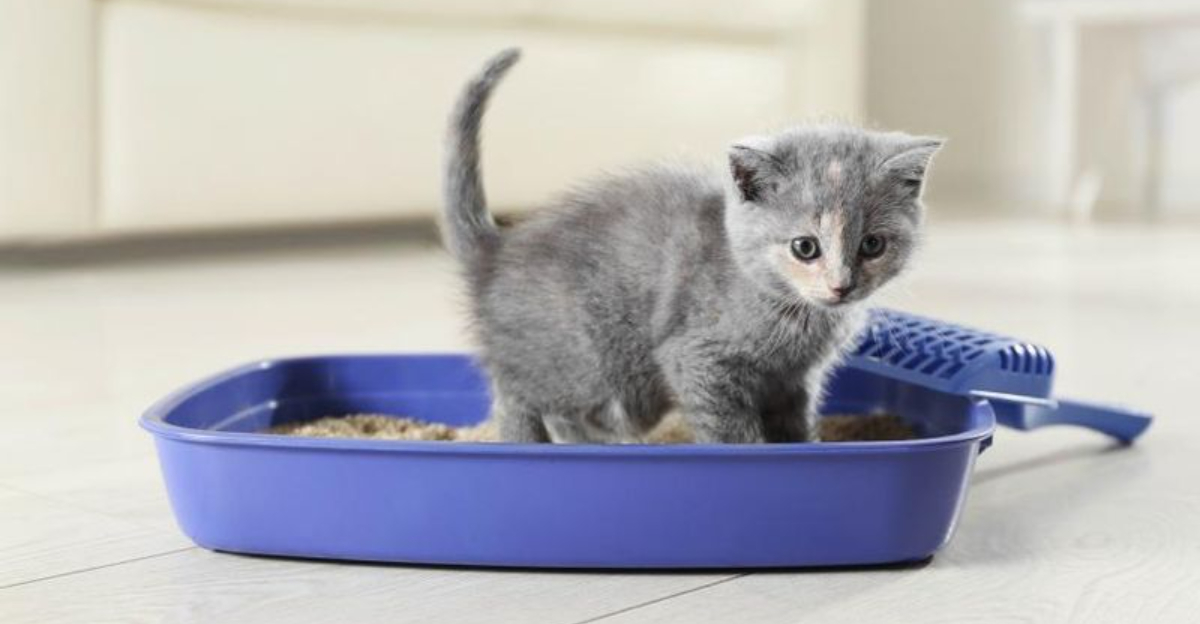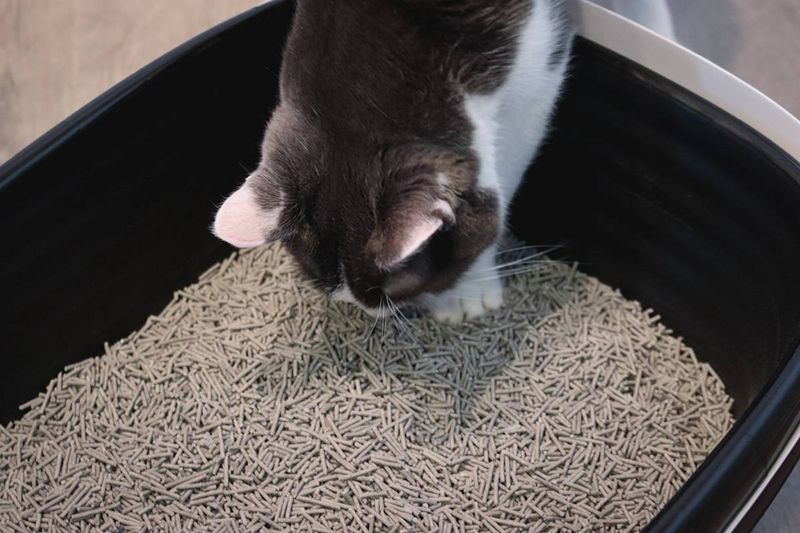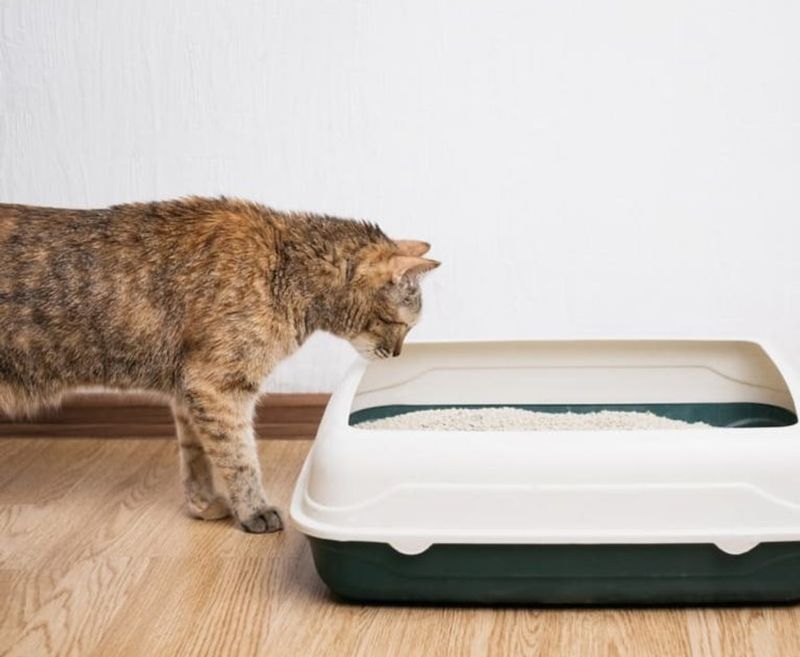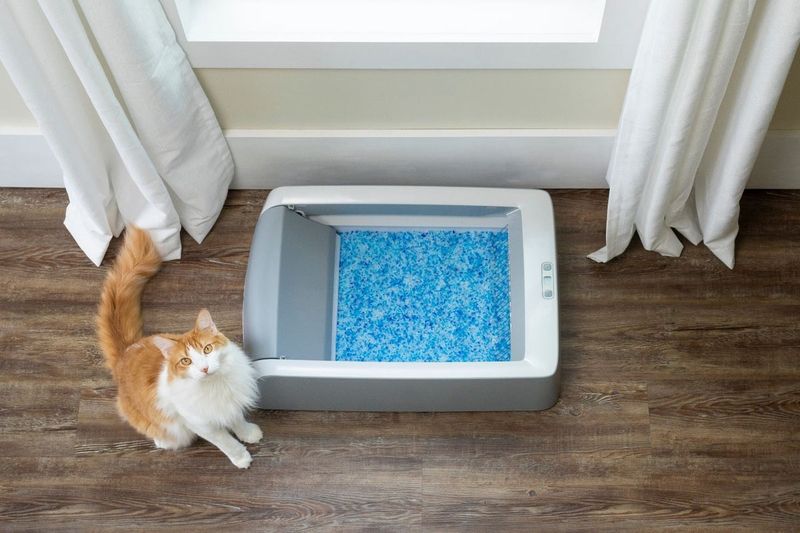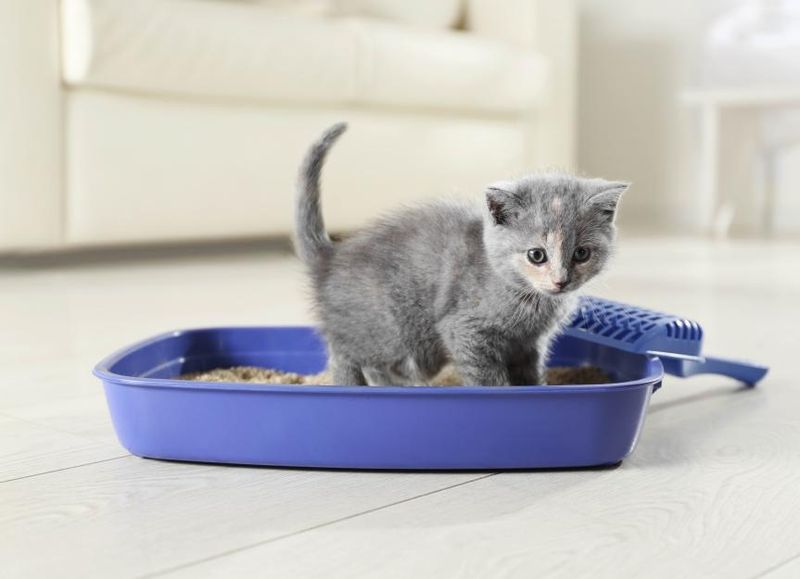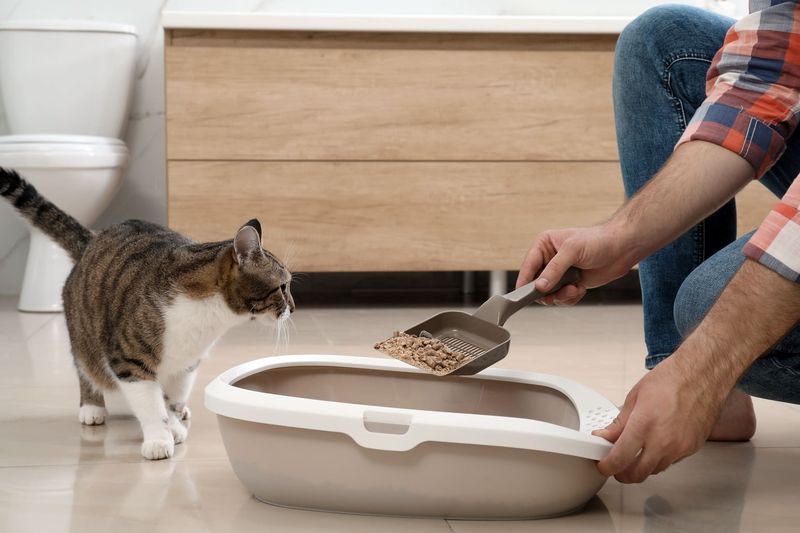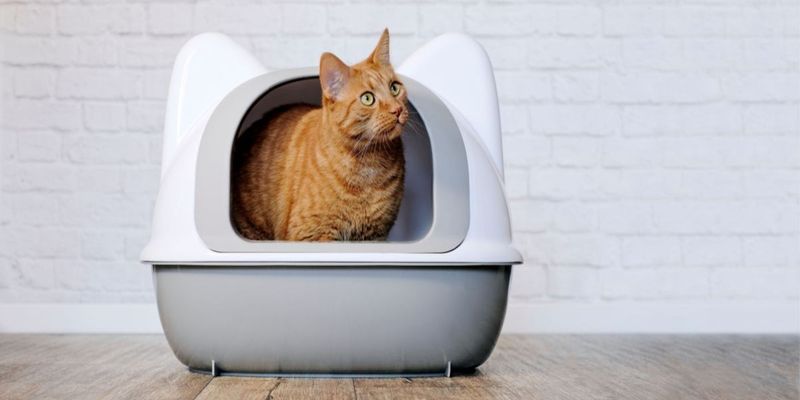📖 Table of Content:
- 1. Understand Your Cat’s Natural Instincts
- 2. Choose the Right Litter Box and Litter
- 3. Optimal Placement of the Litter Box
- 4. Introduce Your Cat to the Litter Box
- 5. Maintain Cleanliness
- 6. Be Patient and Consistent
- 7. Address Accidents Promptly
- 8. Monitor for Health Issues
- 9. Understand Behavioral Changes
- 10. Always Encourage and Reward
Litter box training is an essential aspect of cat care, ensuring both your feline friend’s comfort and your home’s cleanliness. By understanding your cat’s instincts and providing a clean, accessible, and positive environment, you can successfully train your cat. This guide offers ten comprehensive steps to help you along the way.
1. Understand Your Cat’s Natural Instincts
Cats are naturally clean, with a strong instinct to bury their waste. This behavior, rooted in their wild ancestry, helped them avoid predators by hiding their scent. Recognizing this natural tendency is essential when training your cat to use the litter box. Consider observing your cat’s behavior in a natural setting to understand their instincts better. This understanding lays the foundation for successful litter box training, making it easier for both you and your pet.
2. Choose the Right Litter Box and Litter
Selecting the right litter box is crucial for your cat’s comfort. Opt for a box that allows your cat to turn around comfortably. For kittens or cats with mobility issues, a box with low sides is beneficial. Cats often prefer soft, small-grained, unscented litter. Clumping litters are popular for their ease of cleaning, but for kittens under four months, non-clumping litters prevent ingestion during grooming. Choosing the right type of litter encourages your cat to use the box consistently.
3. Optimal Placement of the Litter Box
The location of the litter box can greatly affect your cat’s willingness to use it. Place the litter box in a quiet, low-traffic area away from food and water bowls. Cats value privacy when using the litter box and feel more secure in a tranquil spot. Providing a safe and private environment encourages regular use and reduces the chances of accidents. Consider your cat’s need for solitude when selecting the perfect spot for the litter box.
4. Introduce Your Cat to the Litter Box
Introducing your cat to the litter box is a crucial step in training. After meals, naps, or play sessions, gently place your cat in the litter box. Encourage exploration by gently scratching the litter with your finger. Positive reinforcement, such as treats and praise, when your cat shows interest, can make this introduction smoother. Be patient and allow your cat the time to understand and get comfortable with their new restroom.
5. Maintain Cleanliness
A clean litter box is more inviting for your cat. Scoop out waste daily and change the litter completely at least once a week. This regular cleaning helps prevent odors and keeps your cat comfortable, encouraging consistent use of the box. Investing a little time each day in maintaining cleanliness can prevent bigger problems down the road. Remember, a clean environment promotes a happy and healthy cat.
6. Be Patient and Consistent
Patience and consistency are key in litter training. Avoid punishing your cat for accidents; instead, praise them when they use the litter box correctly. Cats respond well to positive reinforcement and routine. Training might take time, but consistent effort will lead to success. Remember, every cat is unique, and some may require more time than others to adjust. Your patience will pay off in the long run, fostering a positive relationship with your cat.
7. Address Accidents Promptly
If your cat has an accident outside the litter box, clean the area thoroughly with an enzymatic cleaner. This removes any lingering scent that might attract them back to the same spot. Avoid using ammonia-based cleaners, as they can smell similar to urine and may encourage repeat accidents. Addressing accidents promptly and effectively helps in preventing future mishaps and encourages your cat to stick to their litter box.
8. Monitor for Health Issues
Consistent avoidance of the litter box or signs of distress during training may indicate health issues. Consult your veterinarian if you notice such behaviors. They can rule out medical problems and offer tailored advice, ensuring your cat’s comfort. Early detection of health issues can lead to prompt treatment and prevent long-term complications. Monitoring your cat’s litter habits is an important part of their overall health care.
9. Understand Behavioral Changes
Behavioral changes can affect litter box use. Stress, changes in routine, or new family members can lead to litter box avoidance. Identifying and addressing these changes is essential. A calm and familiar environment helps your cat feel secure, encouraging consistent use of the litter box. Pay attention to your cat’s behavior and make necessary adjustments to maintain a harmonious home for both you and your feline friend.
10. Always Encourage and Reward
Encouragement and rewards play a significant role in successful litter training. Reward your cat with treats, praise, or affection when they use the litter box correctly. This positive reinforcement strengthens the behavior and makes the litter box a more appealing option. Consistent encouragement fosters a positive relationship with the litter box, ensuring long-term success and happiness for both you and your cat.
